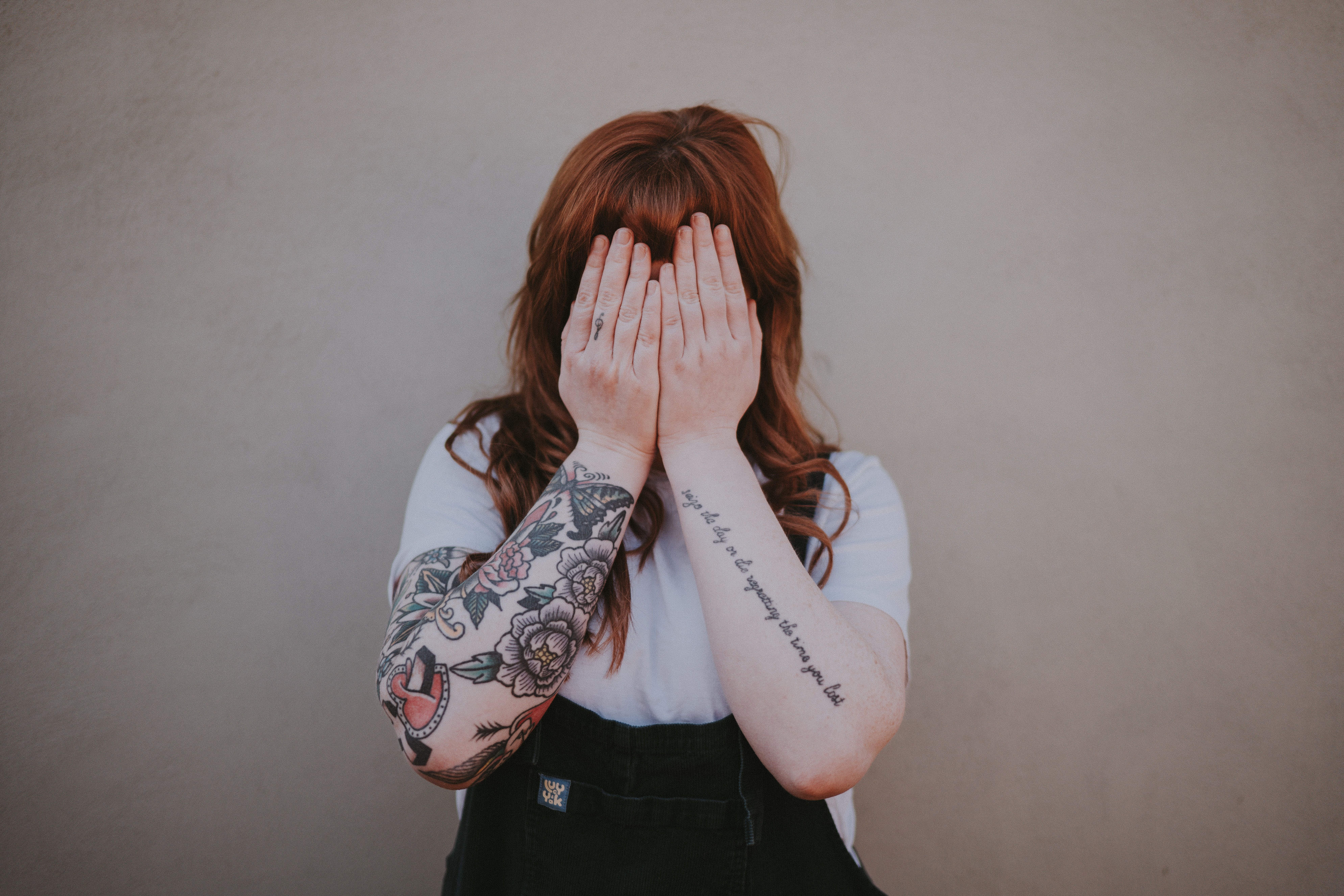
Getting Organized: Effective Strategies for Adults with ADHD
Many of us struggle to hit the “go” button in the morning and launch into the workday, which means we often waste our mornings Instagram scrolling, online shopping, or news binging. Away from the screen, we spend too much time talking politics, catching up with colleagues, or talking about last night’s game.
Once we do buckle down and get to work, other challenges arise. Most people’s schedules require them to shift from one task to another at different times of the day. His can be difficult for adults with ADHD. Once we get into a dopamine-infused, hyper-focused groove, it’s difficult to switch gears.
Without a solid, ADHD-friendly system, you’ll end up anxious, inefficient, and barely effective, and you will often avoid your most important tasks altogether. If your approach to managing your life consists of a single to-do list put together without any organizational forethought, the waves of ADHD will still come—and they’ll take you and your mess of organizational tools out to sea.
When working with clients, after educating them about what ADHD is—and what it isn’t—I often turn to skill building before anything else. He focus at this stage is on helping them learn how to use a set of practical organizational skills and planning tools to overcome such ADHD tendencies as procrastination, perfectionism, and not getting things done. Once we get an upper hand on some of the executive-functioning issues that plague my clients, we also tend to see relief from the byproducts and frustration that led them to my office in the first place.
Take Rose, for example. She’s a mother of four who has an at-home business creating custom stationery, as part of a dual-income household. She reached out to me when managing the house, her work, and the kids’ school schedule became unmanageable during the initial peak of COVID homeschooling. Her relationship was suffering, her sleep was completely interrupted, and at times she felt like she could barely come up for air.
Our plan of attack included weekly meetings on Sunday nights with her husband so they could go over what had to happen during the upcoming week at home so the tasks could be mapped out and more evenly distributed. We created meditation and exercise plans for her to try out. And most importantly, we helped her become significantly more mindful of her own emotional state so that she could take more time for herself. Did everything land and last with perfection? Certainly not, as it rarely does. But we succeeded in elevating her overall awareness, provided paradigms for viable ADHD tools, and gave her a greater handle on increasing her probabilities of success.
These kinds of organizational life hacks are also known as “behavioral interventions.” Simply put, we’re giving adults with ADHD ways to adjust their behaviors, elevate their self-awareness, and increase the likelihood of meeting the challenges that come with their ADHD. You may find, as many of my clients do, that this one of the most practical and impactful sections of this book and of your approach to treating ADHD.
While there are many life hacks and behavioral interventions to apply for all presentations of ADHD, let’s set the stage by first explaining the dichotomy of ADHD’s default now vs not now sorting mechanism.
Now vs not now
When an ADHD person is presented with a task, they tend to filter it into one of two categories: “now” and “not now.” Time blindness makes it difficult to think specifically about the future or to plan what’s to come and what needs to be done.
A few years ago, my family and I were traveling to Jamaica, and I knew eight months in advance that we would need passports to do so. But instead of eight months, I thought of it as “not now.” I didn’t put it into my organization system, and I didn’t think twice about it. Suddenly, eight months turned into ten days, and the task now was very different than it had been at not now. Instead of a simple errand, I had to take oI work, pay extra for an expedited
process, deal with an unexpected snowstorm, and more.
Hitting the not now snooze button provides great relief from task anxiety in the short term, but often yields a spike of doomsday anxiety once time runs out, and now becomes the only remaining option with nothing but haphazard hyperfocus to see the task through. A key element to more electively deal with the now vs not now dynamic is to establish an ADHD- friendly task-management system.
Few of my clients have an organizational system when I begin working with them. Many don’t have any lists at all and simply depend on their memory to decide what particular tasks they need to get done and when. They’re under the misconception that they will be able to recall important tasks at the right time, then shift from one task to another as appropriate.
This is a bear trap. Without an organizational system that you can actually use, most tasks tend to get put in the “not now” category and are pushed out of sight, often until it is too late, or nearly so. As we’ve seen, the systems—including memory—of those with ADHD are relatively divergent. A good task-management system will help reduce dependence on working memory, and that is where external organizational tools come in.
Qualities of ADHD-friendly organizational systems
Among the top challenges adults with ADHD face is time and task management. Whether you’re a student, lawyer, real estate broker, homemaker, teacher, or entrepreneur, you have a list of things that need to get done.
Here might be a few half-used yellow pads laying around, Post-its stuck around the desk, that one shiny new app (or several), a few napkin scribbles, and everything in between. Or you might have no external lists at all, just that mental pen and scratchpad that seems eMcient enough until you need to go “looking” for something. With so many planners, apps, and strategies that one can choose from—how do you narrow it down?
Three key components can make a decent organizational system especially helpful for someone with ADHD. Look for:
- A dashboard or bird’s-eye view of your tasks organized by
category - A method for pulling down from bird’s-eye view to today’s
targeted goals - A way to pin today’s tasks to specific times or blocks of time
Add a sprinkle of digital reminders, a pinch of external accountability, and a dash of self-compassion for when the system temporarily falls apart or drops out of sight, and you too can savor the taste of increased probabilities of success.
For those among you hell-bent on sticking with all or parts of your current method for task management, I encourage you to see if at the very least, some elements can be upgraded. For others who have never used a formal system or yearn for an alternative that works better than what you’ve tried, buckle up. This system is a game changer.
3-Tier task management
The bedrock of my approach to task (and time) management is the 3-Tier System, which starts oI on a broad weeklong view of your tasks, objectives, to-do’s etc., organized by category; then funnels from the week view down to daily tasks; finally bringing you to an hour-by-hour, or blocked-time handle of your day’s intentions. By funneling down from a large-scale view to when I think I might get specific tasks done within a day, I can increase my probability of success over a given week and reduce the power of procrastination and perfectionism which when unfettered, can rule the day. You can find these templates on my site, DrSitt.com, if you’d like to download or print your own. You can also check out PlannerPads.com for a similarly oriented system, which can be purchased as a bound organizer.
Go one tier at a time and read this full chapter in ADHD Refocused, now available on Amazon.
Jun 2, 2023

Looking for a therapist?
Get tips on finding a therapist who gets you.
By submitting this form, you are agreeing to Alma's privacy policy.



